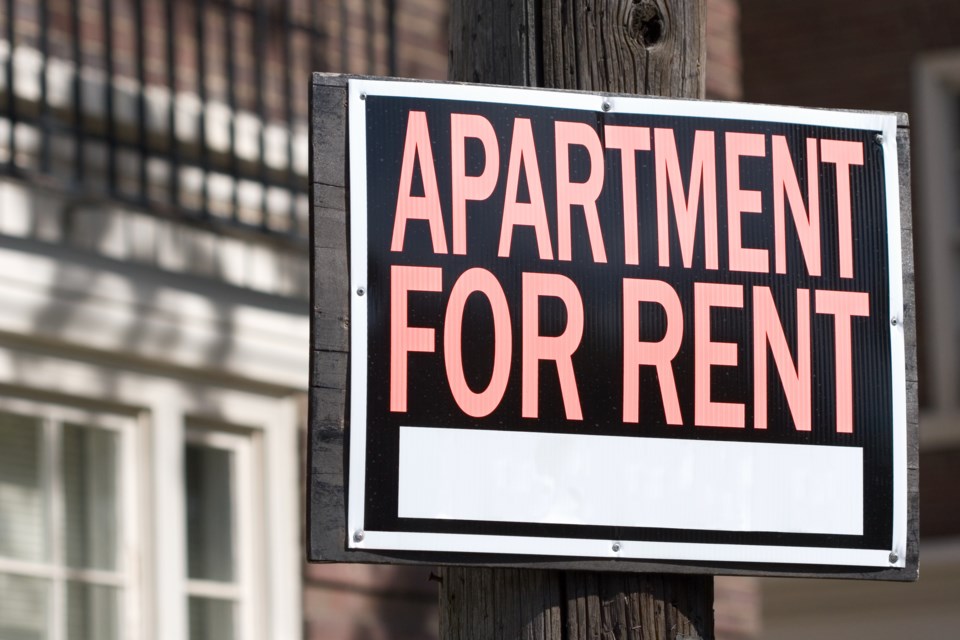The cost of rent has once again raised Metro Vancouver’s so-called “living wage” estimate above the annual pace of baseline inflation reported by Statistics sa国际传媒, according to the Canadian Centre for Policy Alternatives BC.
This year, for a family of four in the region to live comfortably, albeit with few perks such as a vacation abroad, each parent must be working full-time and earning $27.05 per hour ($49,231 annual salary). That's , the centre’s November 2024 report Working for a Living Wage claims.
“Rent has been the most expensive item in the Metro Vancouver living wage family budget since the calculation was first produced in 2008 and this year is no exception,” said the centre’s senior economist and report author Iglika Ivanova.
The centre notes that while baseline inflation has abated in 2023 and 2024, from historic highs in 2022, cost increases for essentials continue to push up the living wage and financial relief provided by government measures, such as affordable child-care programs and increases in income-tested benefits is outpaced by the rising cost of rent.
Shelter costs for the “Metro Vancouver living wage family” increased 9.5 per cent this year — an additional $276 per month, the report notes.
Nearly half a million workers — 37 per cent of all paid employees in Metro Vancouver — and one-third (31 per cent) of two-parent families with children in Metro Vancouver earn less than the living wage, Ivanova estimates based on updated wage statistics.
The centre suggests the chief consequences of not meeting a living wage are families being forced to move out of the region; and individuals without children yet postponing having them, if not deciding not to have them altogether.
The centre also points to an erosion of quality of life for many people in sa国际传媒
“People who work for low wages face impossible choices — buy groceries or heat the house, keep up with bills or pay the rent on time. The result can be spiralling debt, constant anxiety and long-term health problems.
“In many cases, it means working long hours, often at multiple jobs, just to pay for basic necessities. Parents end up having little time to spend with their families, much less to help their children with school work or participate in community activities and we are all poorer for it,” notes Ivanova in the report.
Co-author Anastasia French, the centre’s provincial manager of Living Wage BC, adds that women and racialized workers are disproportionately affected by low wages.
A living wage is calculated based on a person’s income including government transfers compared to their costs, such as government taxation and living expenses, including shelter, utilities, food, child care, transportation, clothing and social participation.
For example, transportation costs are pegged at $561 per month. This includes the amortized cost of owning and operating a used car as well as a two-zone bus pass for one parent.
A living wage does not factor in savings for education and retirement, unforeseen costs, debt payments, owning a home or “anything beyond minimal recreation, entertainment or holiday costs.”
“Earning a living wage gets families out of severe financial stress by lifting them out of poverty and providing a basic level of economic security. But it is also a conservative, bare-bones budget without the extras many of us take for granted,” the report states.
The centre notes that while the sa国际传媒 minimum wage has risen with inflation and now sits at $17.40 per hour, the living wage in Metro Vancouver has soared since 2019, rising from $19.50 to $27.05.
And since 2021, the gap has widened greatly between the two after being the closest ever in 2019, when the minimum wage was $13.85.
The authors state they will be spending more time refining their calculations and estimates.
The centre typically issues an annual report for the entire province. In 2023, it found living wages varied: in Dawson Creek, it was $20.64; in Kamloops, it was $20.91 and in the Fraser Valley, it was $20.66.
The centre cites concerns rent costs are exceeding government benefits for families, such as free transit for children, federal dental care, child tax benefits and the carbon tax rebate.
Many families earning less than the living wage and sometimes even below poverty level incomes are shut out of many programs, the centre notes.
The sa国际传媒 workers benefit is not available to families with a combined net income over $45,934; the federal GST credit is not available to families with a combined net income above $65,084; and the sa国际传媒 rental assistance program is not available to families with a combined gross income over $40,000.
As such, the centre asserts “provincial and the federal governments must review all low-income transfers and credits regularly to ensure that they are not clawed back at income levels that leave many families struggling.”
The centre conducts public policy research via government grants and donations. It is widely considered “left-wing” but more specifically favours government-directed, income-tested benefits derived from higher and more progressive taxation.
But the report also notes it is also up to employers to set living wage standards for their employees.
"Over 450 certified living wage employers across the province have stepped up to pay both direct and contract employees wages sufficient to support families. Employers who pay their workers a living wage have found real benefits from doing so," said French.


